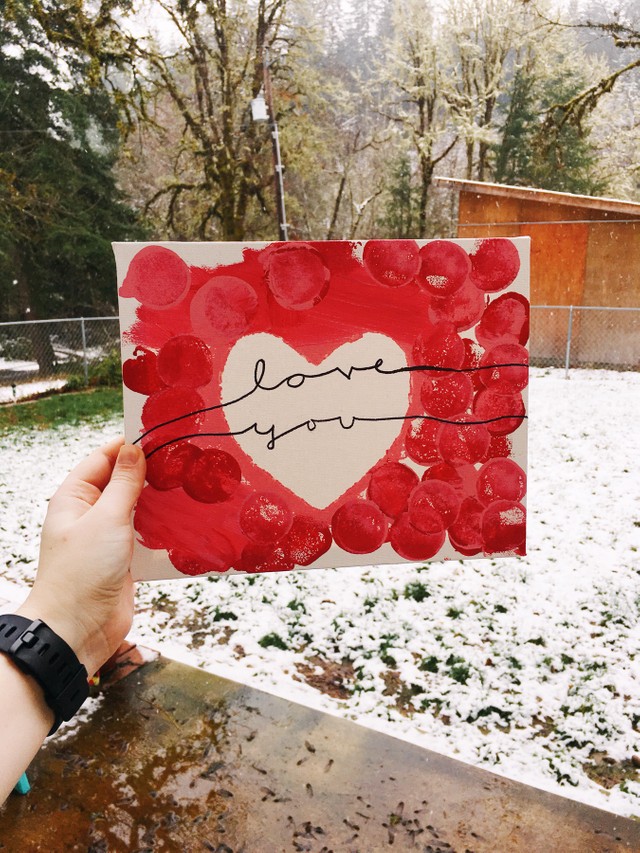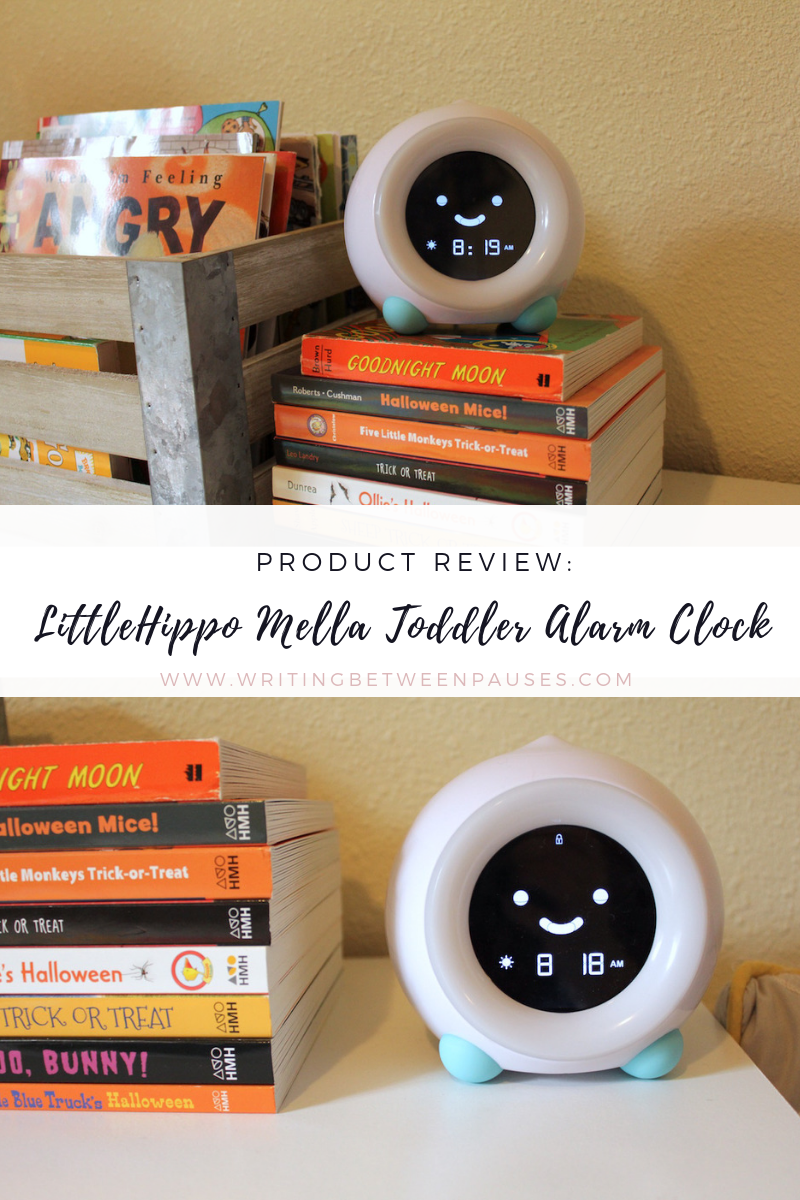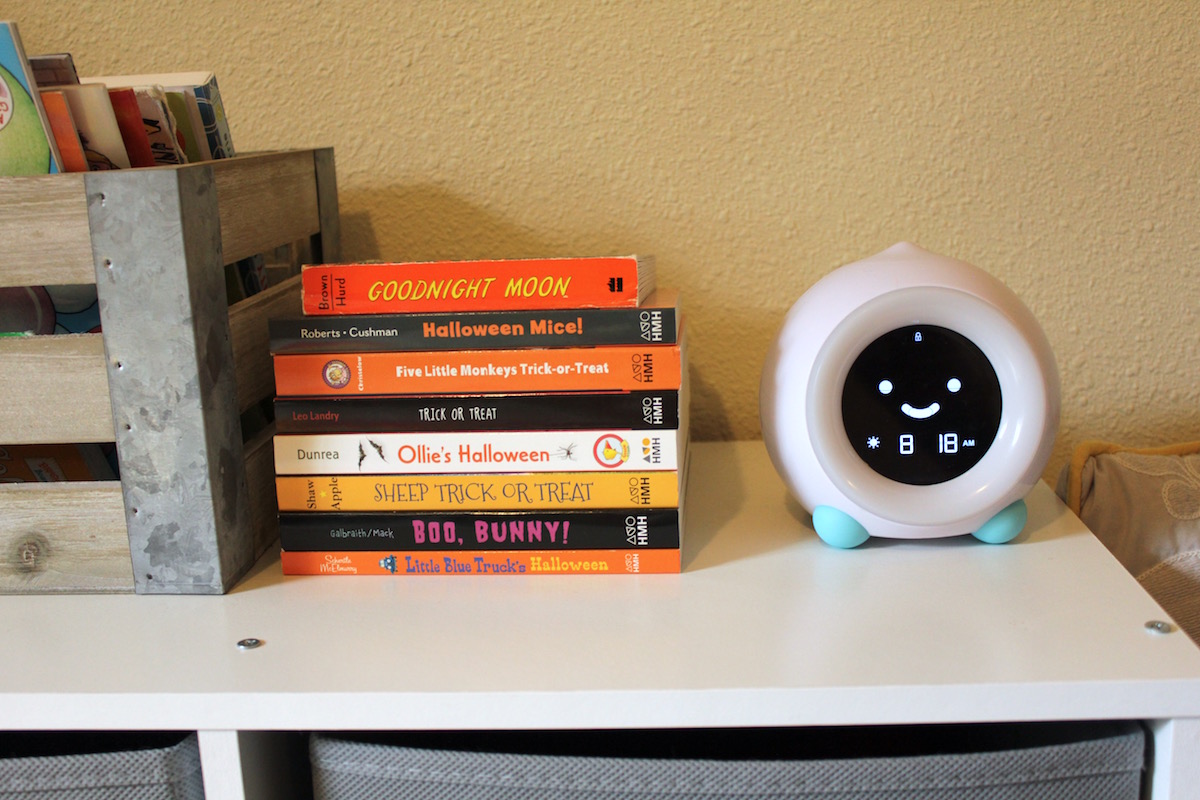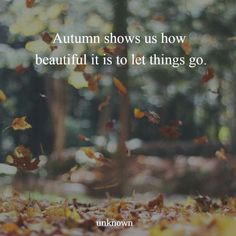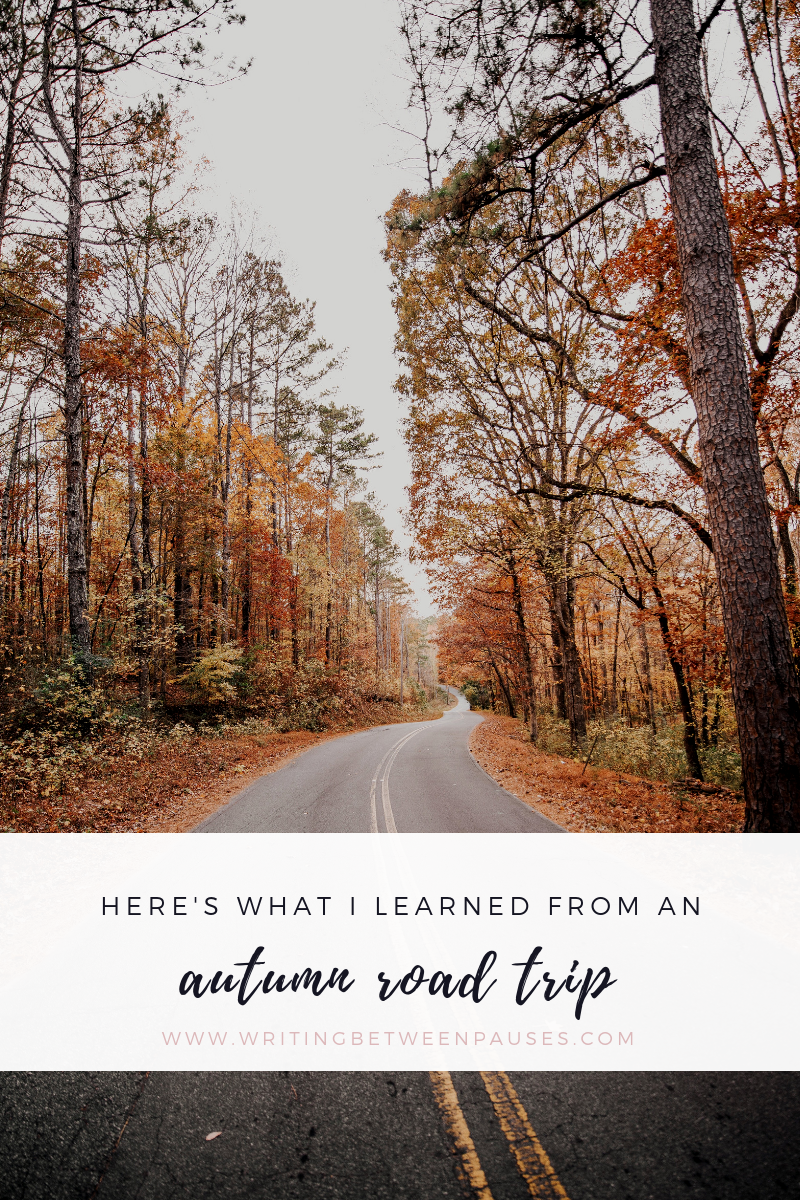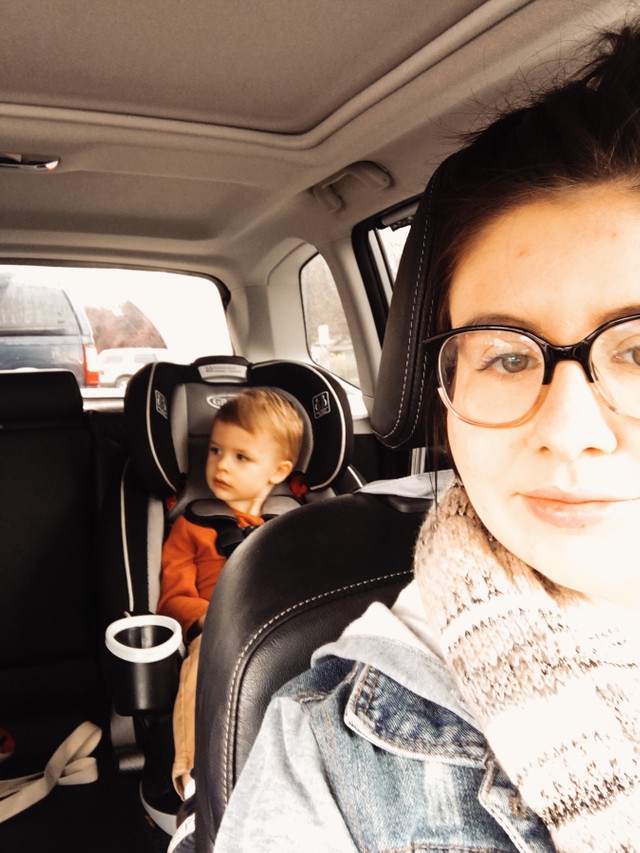When Forrest was first born, I had this (slightly) bad habit of obsessively reading blog posts about baby schedules.
I would read first-person blog posts that detailed 3- to 4-month-old schedules. Articles about how to set a schedule for a baby. And everything in between. I would read about the pros and cons of feeding on demand, the different ways to setting schedules, certain schools of thought regarding baby scheduling.
As he got older, I started to get less obsessed with the idea that I was doing him a disservice of not having a very set schedule—but I still thought about it a lot. And I still tried to keep things regular. Thursdays were Grocery Store Days, followed by a walk in the park. Fridays were “Fun Days” where we might go to the mall, a book store, the coffee shop, anywhere.
Now that he’s in school, we do have a much more set schedule, some of which revolves around making sure we always do the same few things every single day (like washing our hands, going potty, picking up our clothes—you know, basic stuff).
I’ve always been told that kids thrive on structure: having a schedule is vitally important. But there is so much information out there about scheduling our kids: when is it too much? When is it too little? What if your kiddo gets bored? What if your toddler gets overwhelmed? How do you know what to do?
As I wrote in my blog post about TV time, I’m not an expert. I’m just one mom who thinks about these things… a lot. I’m always trying to make the “right” decision—and often, we don’t know what that decision is.
I do want to share what I’ve learned along the way when it comes to schedules, and then I’ll conclude with… are they really necessary? Or can we be a little more loosey-goosey with our kids?
1. The Infant Months
For me, having an infant was about one thing and one thing only: both of us surviving. That’s especially true of the newborn months.
When Forrest was a newborn, I was in the unique position of not really getting to experience those first 3-4 calm, sleepy weeks. The thing about newborns (as in, brand spanking new newborns) is they sleep a lot. Like… nearly all the time. If you’re at home and comfy, cozy during those times, it’s a really simple, beautiful part of your life. For us, we were still in the hospital for the first week; then, the second week we were running up to the hospital every single day for blood tests. Then, the third week we had mutiple doctor’s appointments still. (For my preeclampsia, I had three check up appointments to ensure my blood pressure had returned to normal and I was no longer leaking protein.)
We were all over the place those first few weeks, which meant it was so hard to know when the hell we were supposed to do anything. I was barely able to be home during the day and then I was essentially awake all night (following an incredibly strict feeding and pumping schedule 6 times through the night).
Looking back, if I had been able to have a more “normal” newborn phase, I definitely would have been able to keep a better schedule. As it was, I was frequently pumping in the car on the way to and from doctor’s visits, carrying a breast pump, multiple bottles, and a cooler every single place I went. God, it was exhausting!
This is all to say: for us, a schedule just simply wasn’t possible for the first month or so. And then, by the time he was 2 and 3 months old, I still felt absolutely frenzied. I was exhausted all the time, sleeping 4 hours or so every night, and still pumping. (I don’t think I will ever be able to convey simply how much I was pumping in those first months. And it didn’t even establish a good supply! Thanks, body!)
As odd as our experience was, I think most people struggle with schedules for infants. When Forrest was a bit older, we implemented the Play-Sleep-Eat routine, which is less a schedule and more just an order of doing things (to avoid associating eating with sleeping). We kept that routine from about 4 months to about 7 months, when we switched entirely to formula feeding (which gave me significantly more time to do things while he slept or played, instead of just frantically pumping).
2. Young Toddlers
As he got closer to a year, that’s when we started getting more of a schedule going. We would wake in the mornings, have a bottle (or once he was about 13-14 months, a sippy cup), eat breakfast, then play until naptime. Then after nap, we would go to the grocery store, go on a walk, and head home for lunch, then nap. That was pretty much our routine until he was about two or so.
Young toddlers (I would say this age group is whatever age your baby starts to walk until about 2 1/2) are really easy to schedule. In fact, I would say they need a schedule. They like the feeling of security it gives them. And I know for Forrest, whenever we deviated from our schedule, he was much fussier and struggled more to do just about everything. (And it should be said: some days we just had to deviate the schedule for whatever reason.) Here’s a little bit more information about why toddlers crave schedules and routines:
“Creating a regular routine is an essential way to give toddlers the security of knowing “what happens next” in their day. It also develops the prefrontal cortex, the planning and executive function part of the brain.”
(Source)
In short: getting a routine in place by 14-18 months will help your child be better at time management later, as well as helping them emotionally mature.
3. Preschoolers
Preschool age is usually considered about 2 1/2 to 4, so Forrest is right smack dab in the middle of it. Everything about schedules for young toddlers still holds true, but it’s important to deviate the schedule as they mature and grow older. Here is a sample of our usual day right now:
6am, wake up and have milk
Breakfast
Play time
8:30am, Forrest gets to watch Daniel Tiger
9:30-10am, naptime
11:30am, lunch
Forrest goes to preschool in the afternoon
After preschool, he’s allowed to pick a movie from our selection and watch it while I make dinner
4pm, dinner
5pm, play time
6pm, wind down, read books, no TV or screens
7pm, bedtime
That’s it. It’s very simple and easy to remember. And it should be said: no schedule for any one child is prescriptive. As I said, I’ve definitely fallen into the trap of looking up other toddler schedules and thinking, Am I doing everything wrong? The answer is, probably not. Fo thrives with this schedule and does really well. On days where he isn’t at school, we might spend the afternoon at the park or go to the library, it just depends. By age 3, some kids have given up naps entirely, depending on how well they sleep at night—however, Forrest just isn’t quite there yet.
Again, having a schedule helps kids stick to a routine and learn time management. However, Forrest is definitely at the age where he’s more likely to get bored—so I spend more time trying to think of creative things to do during playtime (like painting suncatchers, doing small lessons, and more). That’s a bit more active than during his younger toddler days, when he was content to wandering around with a spatula!
4. So Are Schedules Necessary?
Short answer: kind of.
The longer answer is that it very much depends on your child. It’s one thing to look up information and see that schedules help children mature emotionally and mentally—and it’s another thing to actually implement that! Some people, and of course, some children, feel too claustrophobic with a strict schedule! This is the problem with all parenting advice: it really is so intensely personal to your child. Just as we can’t prescribe a specific eating method to every child, it’s impossible to prescribe a way to keep your child occupied during the day—even if perhaps you desperately want to do so for a bit of routine yourself!
I think one thing to consider is to not think of it as a schedule—but as a routine. Having a set routine is different from having a set schedule, but both are very good for children. Doing the same few things every single day in the same order helps ground your child. Healthy sleep routines (such as bath-book-bed) can help encourage your child to sleep more soundly, because they know what to expect. The same goes for each day of the week! Forrest knows we go grocery shopping on Thursdays, he knows he gets to go to school on Fridays, and he knows he gets to go to the park on Saturdays. That’s just our routine!
Just as with all parenting blog posts I write, I feel like I ended this one rather wishy-washy as well. But it’s the truth: I can’t tell you whether your child needs a schedule or not. You know your child best. There is no harm in working on getting a set pattern to your day (especially if it helps you get things done as well!) and if it doesn’t work out, it doesn’t work out! No harm, no foul.
I’ll turn it over to you now. Does your child have a set schedule or routine? What does it look like? And what do you think, are schedules a necessity or too much?










